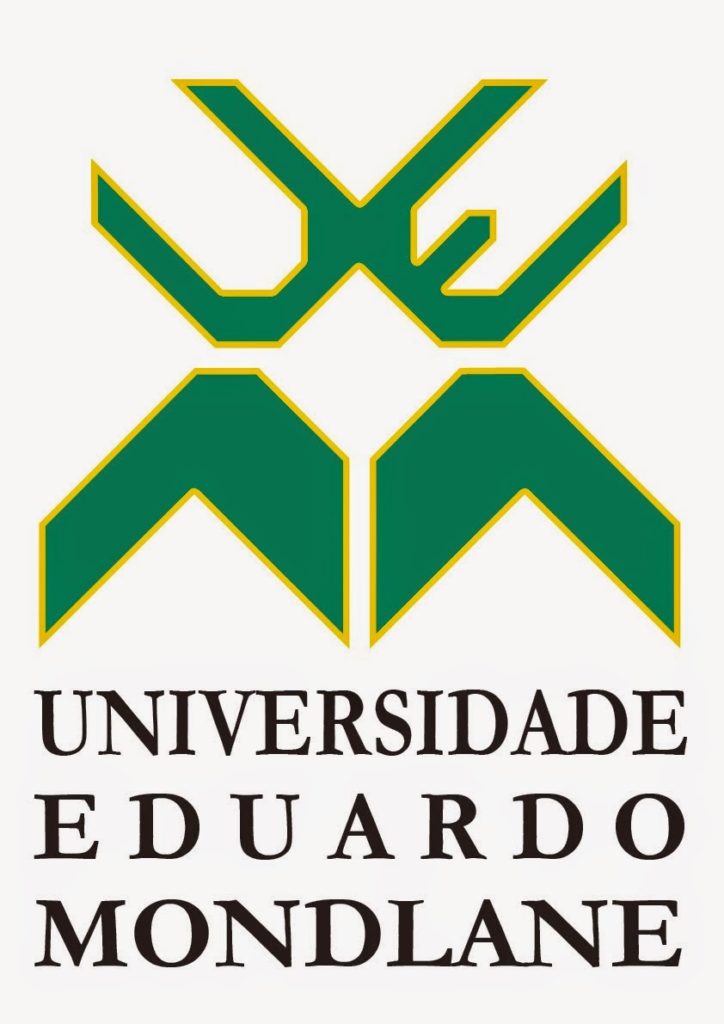
UEM is the oldest and best academic institution in Mozambique. In 1962, UEM was established as a centre for higher education and 1968 it gain the status of a full university and was the only institution responsible to form Mozambicans citizens.
The university is led by a chancellor and two vice-chancellors (academic affairs and administration and finances). The key governance structures and bodies include the university council and academic council, the advisory office for post-graduation, the office for planning and cooperation, the general council for administration and the board of directors.
UEM currently has fourteen faculties including agronomy and forest engineering, sciences, architecture, economy, law, education, engineering, arts and social sciences, veterinary sciences, medicine, marine and coastal sciences, art and communication, tourism and hotel industry and management and entrepreneurship in Gaza (Chibuto). The university has also research centres including centre for biotechnology, centre for communication and marketing, the historical archive of Mozambique, the natural history museum, the university foundation, centre for distance teaching, centre for industrial, information centre, security and environmental studies, the centre for African studies and regional centre in engineering of oil and gas. Moreover, UEM is currently present in four Mozambican provinces such as Maputo, Gaza, Inhambane and Zambézia.
The university vision is “to be a national, regional and international reference in the production and dissemination of scientific knowledge as well as innovation highlighting research as the foundation of teaching and learning processes, extension and outreach activities”.
In 2016, UEM was classified by the Webometrics Ranking of World Universities as the best Portuguese-speaking African countries (PALOP) university.

